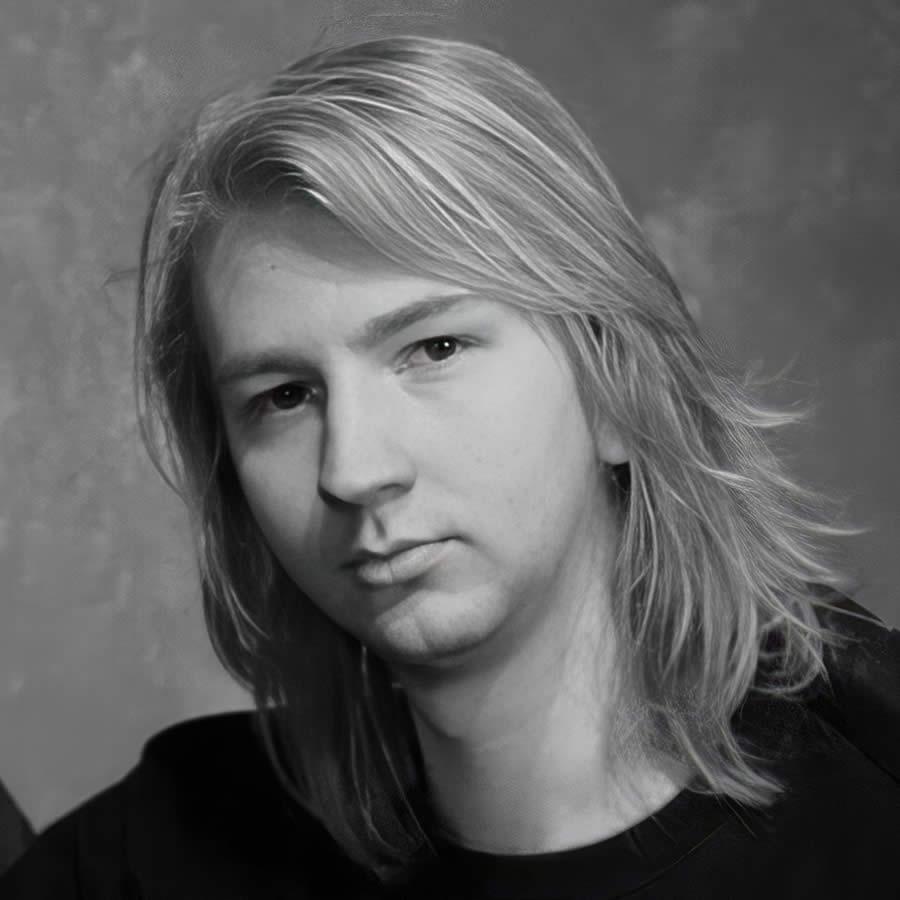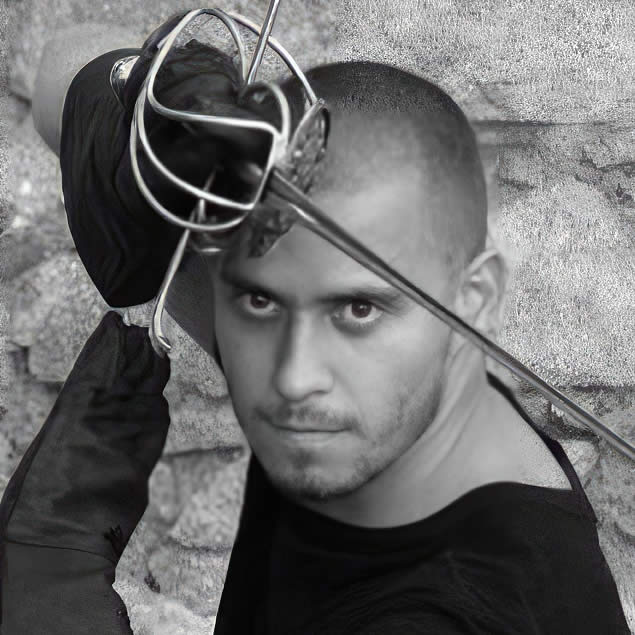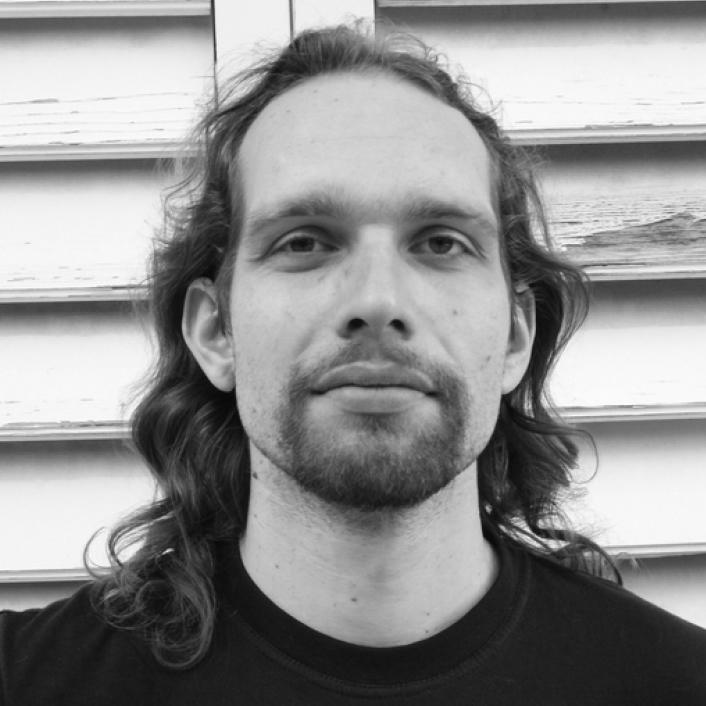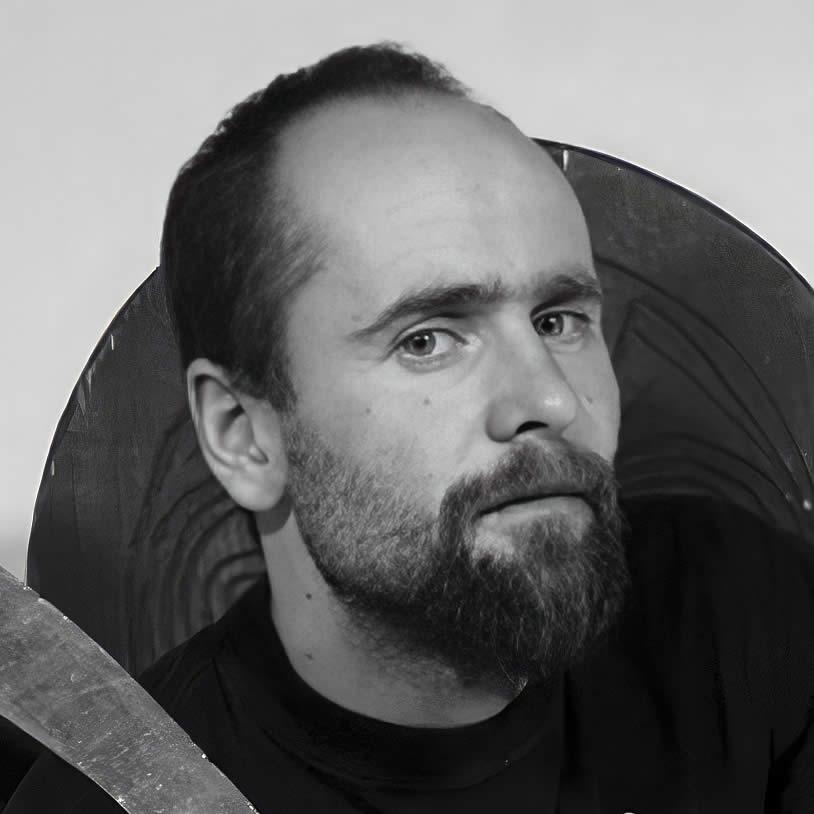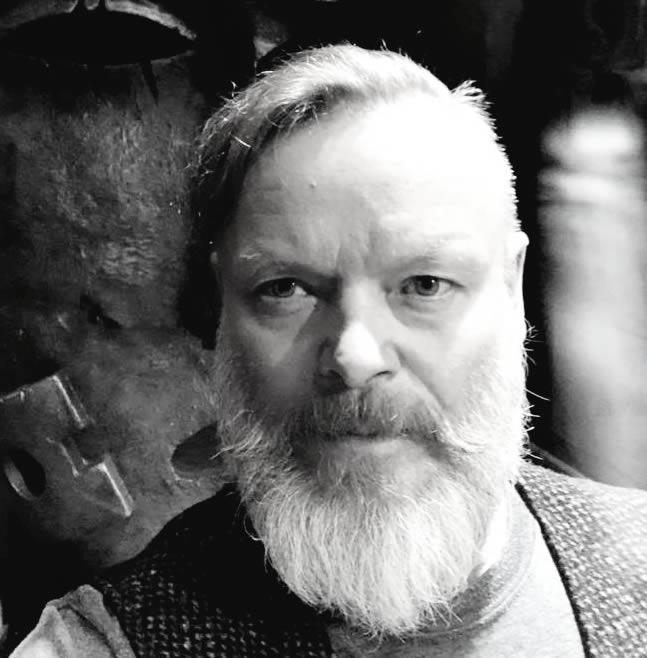School of fighting with rapier or rapier/left hand, rapier/dagger and rapier/cloak combinations. It is characterized by a preference for the point over the chop, strong full body work, deep lunges and retaliations in stesso tempo, i.e. simultaneously with the opponent’s attack.
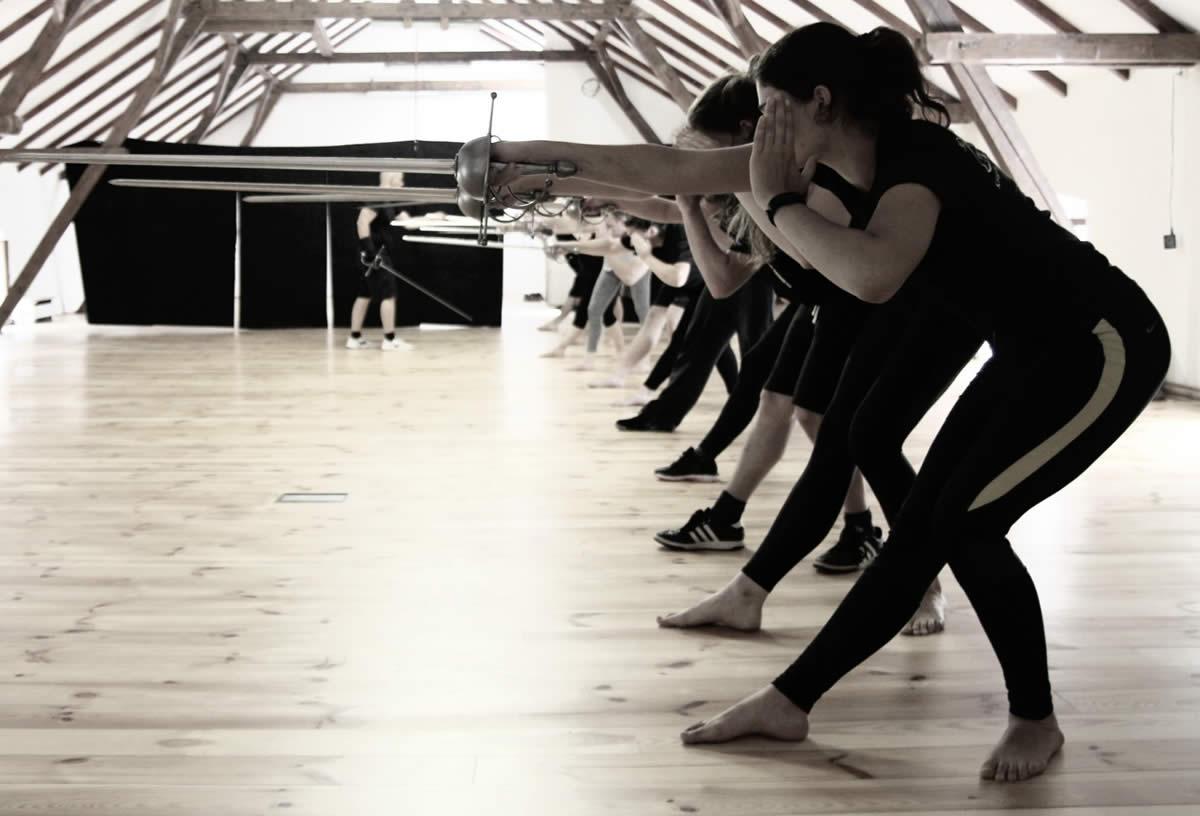
Lecturers
Marek Kubát
He works in: České Budějovice
Petr “Pisty” Pistulka
He works in: České Budějovice
Jan “Čenda” Zeman
He works in: České Budějovice, Tábor
Zdeněk “Žemla” Žemlička
He works in: České Budějovice
Petr Nůsek A.R.G.O.
He works in: České Budějovice, Český Krumlov, Prague, Tábor
Italian Fencing School
Renaissance Italy exerted a significant cultural influence on the whole of Europe, exporting not only science, literary learning and music, but also fencing. The fencing doctrines developed by the Italian masters are often very different from each other in many ways and, moreover, evolve rapidly, so that it is difficult to speak of a single “Italian school”. Rather, we can talk about a series of benefits – the preferred weapon is a one-handed sword or rapier designed mainly for point. The Renaissance Italians scientifically analyzed the human body and the possibilities of movement and made a series of discoveries that would become a permanent part of fencing – they preferred the point to the chop, invented the lunge and the trained step, and the core of their philosophy is the so-called stesso tempo, or surprise attack into the opponent’s attack. Because of the one-handed grip of the weapon, the other hand is freed up, so a number of techniques are developed using the left hand or left-handed dagger, cloak, etc. The first documented master is Fiore dei Liberi (book Flos duellatorum 1409), among the classics are Achille Marozzo, Camille Agrippa, Salvator Fabris and Ridolfo di Capo Ferro (the last two ca. 1600).
The Italian School taught within the Magisterium is not a literal reconstruction of one selected Italian master and his terminology, but is a systematized excerpt and interpretation of contemporary treatises, so as to not only respect the characteristic techniques of the time as much as possible, but also to enable their safe rehearsal and staging. The system reconstructed by Ing. Peter Koza is optimized with regard to didactics, coherence and meaningfulness of techniques and already serves as a solid foundation for further development – whether in the direction of historical reconstruction, sports and recreational retreat or staging.
The Italian school taught within the A.K.A. (A.R.G.O.) studios uses the Magisterium system and know-how and builds in the students above all the basics of correct movement habits, a sense of pace and distance and purity of movement. Petr Nůsek A.R.G.O. develops this foundation in the categories of safe performance and movement culture. The priority aspect of the training is safety, safe and conscious control of the weapon and one’s own body in standard and non-standard conditions. The technical content of the training consists in teaching falls and rolls with the weapon, manipulation of the weapon (movement, holding, feeding, throwing), emphasis is placed on linear steps and in space, basic attacks with the slash and point with a focus on accuracy and timeliness. Advanced techniques such as various passive and active covers, binds, tempo retaliations, transfers, fighting using the left hand, left-handed dagger or cloak, etc. are taught in the context of history, grappling and staging, and students learn not only the external form of movement, but also swordsmanship. Thanks to the technical equipment, pupils have the opportunity to use immediately borrowed weapons and protective equipment.

